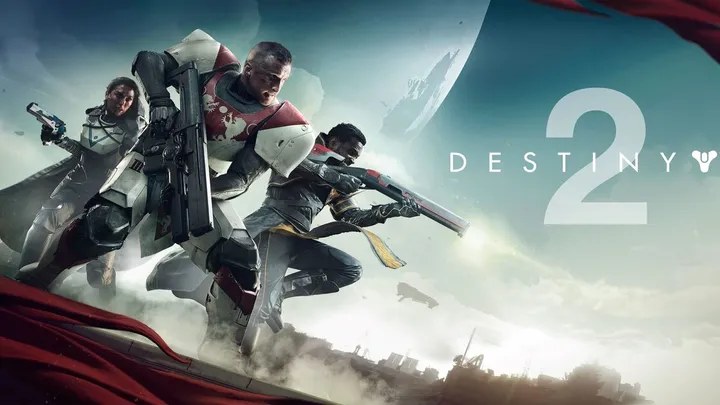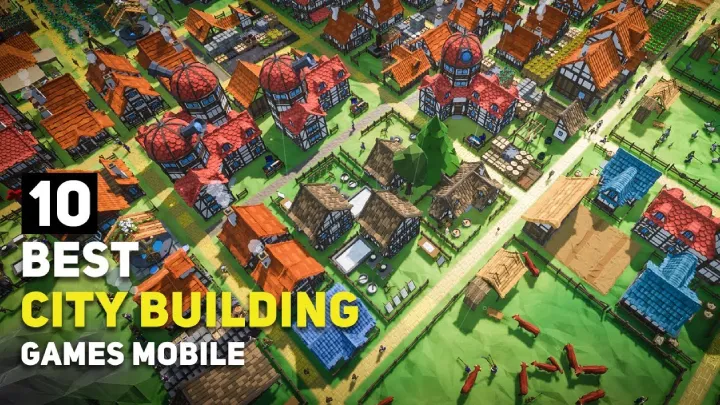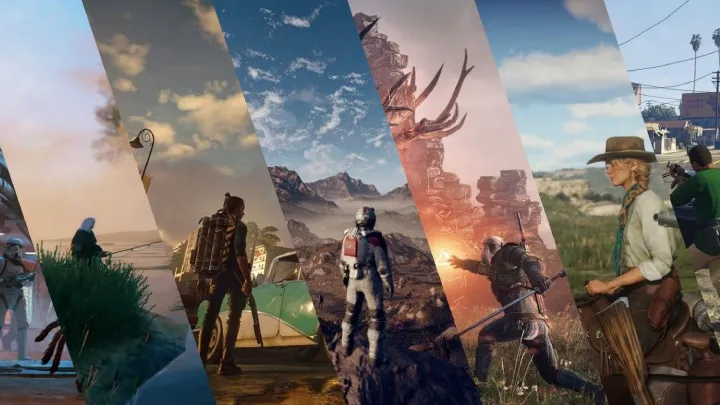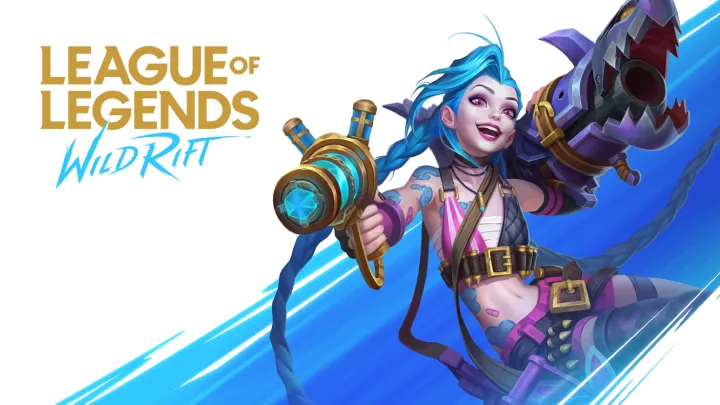Valheim’s Mistlands biome is a brutal, mysterious, and awe-inspiring region that marks a significant shift in gameplay difficulty and complexity. Unlike the earlier biomes—Meadows, Black Forest, Swamp, Mountains, and Plains—the Mistlands introduces new mechanics, enemies, and environmental hazards that demand a complete rethinking of survival strategies. This guide explores the Mistlands in depth, focusing on how to prepare, adapt, and thrive in this treacherous terrain. From gear progression to base building, combat tactics to resource management, we’ll walk through every stage of your Mistlands journey.
1. Preparing for the Mistlands: Gear and Mindset
Before stepping foot into the Mistlands, players must be fully equipped with top-tier gear from the Plains biome. This includes padded armor, blackmetal weapons, and plenty of healing items. Entering unprepared is a death sentence.
The Mistlands are not just physically dangerous—they’re mentally taxing. Visibility is low, terrain is uneven, and enemies are relentless. Players should approach with caution, patience, and a willingness to retreat when overwhelmed.
Recommended Pre-Mistlands Loadout:
- Padded Armor Set
- Blackmetal Sword or Atgeir
- Plenty of healing meads (medium and strong)
- Stamina meads and food with high stamina regen
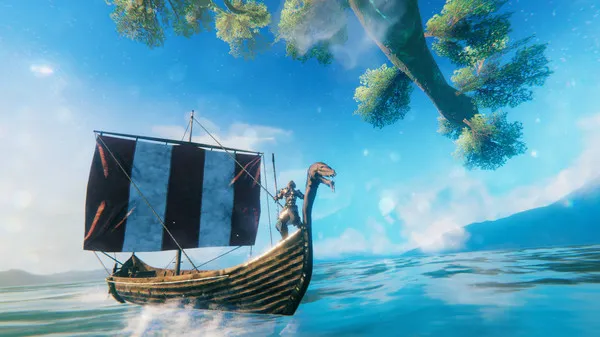
2. Entering the Mist: Navigating Visibility and Terrain
The biome’s signature feature is its dense fog, which drastically reduces visibility. This isn’t just aesthetic—it affects navigation, combat, and exploration. Without proper tools, players can easily get lost or ambushed.
The Wisplight is essential. Crafted after defeating Yagluth, it illuminates the fog and reveals hidden paths and enemies. Terrain is vertical and treacherous, with cliffs, caves, and ruins scattered throughout. Movement must be deliberate.
Tools for Visibility:
- Wisplight (equipped as a utility item)
- Map markers for landmarks
- Portal setup at biome edge for quick retreat
3. First Contact: Encountering Mistlands Enemies
Mistlands introduces a new faction: the Seekers. These insectoid creatures are fast, strong, and often travel in groups. Their attacks can stagger players and destroy structures.
Seeker Soldiers are especially dangerous, with high health and armor. Magic users like Gjall float above terrain and bombard players with ranged attacks. Combat requires mobility, terrain awareness, and crowd control.
Enemy Types:
- Seeker (standard melee)
- Seeker Soldier (heavy melee)
- Gjall (ranged magic)
- Ticks (small but deadly parasites)
4. Building a Forward Base: Defensive Architecture
Establishing a base in the Mistlands is risky but necessary. It allows for resource storage, crafting, and respawn points. However, enemy patrols and raids make base defense a priority.
Use stone or black marble for durability. Elevate structures to avoid tick infestations. Surround your base with spikes, walls, and traps. Portals should be protected and placed inside secure rooms.
Base Defense Tips:
- Use terrain to your advantage (cliffs, choke points)
- Reinforce walls with stone and iron beams
- Keep crafting stations indoors and protected
5. Resource Gathering: Black Marble, Yggdrasil Wood, and More
Mistlands introduces new resources critical for progression. Black marble is used for advanced building, while Yggdrasil wood is needed for crafting magical items. These resources are guarded and often located near enemy zones.
Dvergr structures contain loot and crafting stations but are protected by NPCs. Players must choose between raiding or trading. Mining black marble requires a blackmetal pickaxe and patience.
Key Resources:
- Black Marble (building material)
- Yggdrasil Wood (magical crafting)
- Sap (used in magic crafting)
- Dvergr loot (rare items and scrolls)
6. Magic System Introduction: Staves and Eitr
Mistlands introduces Valheim’s first magic system. Players can craft staves that cast fireballs, summon shields, or control enemies. Magic relies on Eitr, a new stat generated by consuming specific foods.
Eitr gear includes robes and accessories that boost magic regeneration. Balancing Eitr with health and stamina becomes a strategic challenge. Magic is powerful but fragile—mages must avoid direct combat.
Magic Essentials:
- Eitr foods: Seeker Aspic, Magecap stew
- Staves: Staff of Embers, Staff of Frost, Staff of Protection
- Eitr gear: Eitr Robe, Eitr Hat, Eitr Refiner

7. Dvergr Structures: Loot or Ally?
Scattered throughout the Mistlands are Dvergr outposts—ancient structures guarded by NPCs. These contain valuable loot, crafting stations, and lore. Players can choose to raid or leave them intact.
Raiding yields black marble, sap, and rare items. However, it also triggers hostility from Dvergr NPCs. Leaving them intact allows for safer passage and potential future updates involving diplomacy.
Dvergr Strategy:
- Raid for resources if desperate
- Use stealth to avoid detection
- Mark locations for future return
8. Boss Preparation: The Queen Awaits
The Mistlands boss, The Queen, is a formidable foe hidden deep within a sealed dungeon. To summon her, players must collect Seeker trophies and locate the Infested Mine.
Preparation includes crafting magical gear, stocking healing items, and building a portal nearby. The Queen uses area attacks, summons minions, and has high resistance to physical damage.
Boss Prep Checklist:
- Full Eitr gear and Staff of Embers
- Strong healing and stamina meads
- Portal and respawn bed outside dungeon
- Seeker trophies and Sealbreaker fragments
9. Combat Tactics: Surviving the Queen’s Wrath
The Queen fight is chaotic and punishing. She summons Seekers, uses AoE attacks, and moves unpredictably. Players must manage crowd control, dodge mechanics, and maintain Eitr regeneration.
Using terrain is key—pillars and walls can block attacks. Magic users should stay mobile and cast from range. Melee players need high armor and stamina to survive her onslaught.
Combat Roles:
- Tank: Absorbs damage and distracts Queen
- Mage: Casts AoE and shields allies
- Support: Heals, revives, and manages crowd control
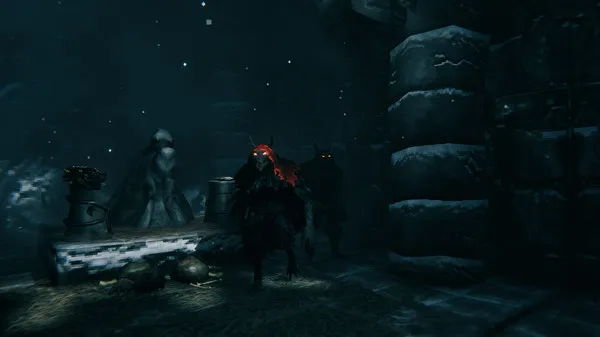
10. Post-Mistlands Progression: What Comes Next?
Defeating The Queen unlocks new crafting recipes, lore, and access to future biomes. Players can now build with black marble, refine Eitr, and explore deeper mysteries of Valheim’s world.
The Mistlands serve as a turning point in gameplay complexity. Magic, vertical terrain, and faction dynamics hint at future updates. Players should consolidate resources, upgrade gear, and prepare for the next biome.
Post-Boss Goals:
- Upgrade base with black marble
- Master magic and Eitr mechanics
- Explore remaining Mistlands ruins
- Prepare for Ashlands and Deep North
Conclusion The Mistlands are not just another biome—they’re a complete overhaul of Valheim’s survival mechanics. From the introduction of magic to the brutal enemy design, this region challenges players to rethink everything they know. With preparation, strategy, and adaptability, the Mistlands become a proving ground for true Viking mastery. Whether you’re building a fortress in the fog or battling The Queen in her lair, this biome offers the most rewarding—and punishing—experience in the game





